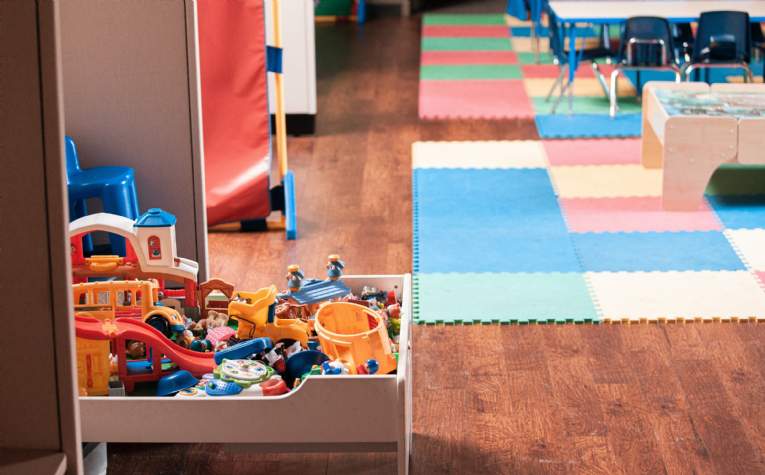While the market remains fragmented, these groups continue to grow organically and through consolidation, by embracing leasehold tenure structures.
10 years ago, leasehold day nurseries were rare, often reflecting ‘pack away’ pre-schools operating within a church hall, or just for the very large ‘super group’ operators. The market has evolved, so much so that it is no longer polarised reflecting extremes, but for the masses at all levels of the market.
A modern lease for a day nursery typically spans 20 to 30 years, with five-yearly capped and collared index-linked reviews, and with security of tenure. Leases provide landlords with longer term income, regular predictable reviews, and a highly regulated tenant that’s receiving Government-backed income. It’s also operating within an industry characterised by strong demand and clients with a long life cycle of up to five years.
For operators, leaseholds enable nurseries to grow at speed. Groups can meet immediate demand quickly and more easily ‘plug gaps’ within their estates without having the burden and liability of a freehold property. Changes in the planning system have permitted entrance into established commercial leasehold markets, such as retail and offices. This has also benefitted landlords, as while leases for buildings formerly classified just for A1 or B1 use in planning terms have shortened and are structured to include incentives such as tenant breaks, and rent reviews in line with the market, day nurseries negotiate their position. This usually provides landlords with a secure, long-term income stream.
Securing property in affluent locations, such as London and the South East, on a freehold basis often means high property values and competing with developers who structure bids based on the end use. Acquiring or taking a leasehold interest can leave a bigger budget for other business drivers, such as fit outs, interiors, equipment and branding. Having strong branding allows for repeat business models and the opportunity for clients to identify with recognisable values, supporting marketing as competition increases. Increased budget also allows for investment in staff through developing training academies and head office facilities, as well as social benefits such as mental health initiatives and community projects.
We have seen such a growth in leaseholds that they are now often the preferred holding structure for many group operators to enable growth. Demand is such that multipliers achieved for operating leasehold businesses are closing the gap on those realised for freehold operating concerns.
However, despite this winning formula, there remain challenges.
Funding is not as readily available to leasehold businesses within the nursery sector as it is for alternative markets like pharmacies and dental practices. The lack of financial products and investment for those without a balanced portfolio can result in unfavourable terms being offered, or puts a stop to growth aspirations. However, this has paved the way for private equity interest and alternative options such as working closely with an investor which would purchase the real estate and hold the investment. Leaseholds are also a depreciating asset where there remains the possibility for landlords to take back the property for their own occupation or redevelopment at the end of the term.
The Government’s increased funding for early years will continue to fuel demand for nursery places, and in turn increase demand for new nursery settings. Leases are the quickest way to facilitate this growth.
Further information
Contact Jenny Nicol
Sector: Children's Day Nurseries

